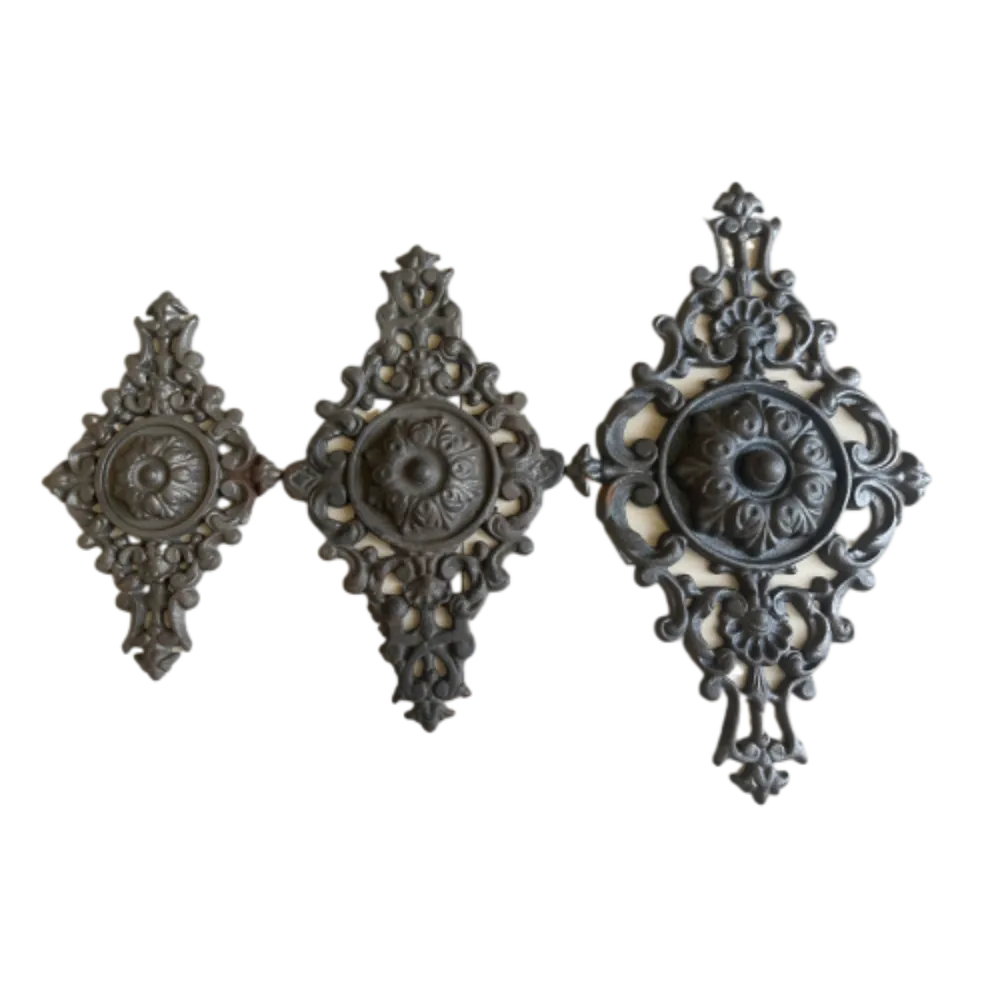wrought iron panel
The Art and Functionality of Wrought Iron Panels
Wrought iron panels have been a staple in architecture and design for centuries, embodying a unique blend of artistry and durability that few other materials can offer. From ornate gates and railings to decorative screens and garden accents, wrought iron panels have found their place in both residential and commercial settings, enhancing aesthetics while ensuring functionality.
Historical Context
Wrought iron, known for its malleability and strength, was developed during the Iron Age and was widely used throughout Europe during the Middle Ages. Artisans skillfully manipulated the metal by heating and hammering it, creating intricate designs and robust structures. Wrought iron became particularly popular in the 18th and 19th centuries, when the Industrial Revolution led to advancements in iron production. This period saw the rise of decorative wrought ironwork, with panels that featured elaborate motifs and were crafted into fences, balconies, and gates.
As cities expanded and architecture became more flamboyant, wrought iron panels began to serve both practical and ornamental purposes. They offered security while simultaneously beautifying public spaces and private properties. The craftsmanship involved in creating these panels became a point of pride for blacksmiths and metalworkers, leading to an ever-growing appreciation for the artistry behind each piece.
Versatility in Design
One of the most significant advantages of wrought iron panels is their versatility. They can be tailored to fit various styles, from traditional to modern. Decorative wrought iron panels often showcase intricate scrollwork, floral patterns, or geometric designs, providing an elegant touch to any setting. Conversely, simpler, more minimalist designs can complement contemporary architecture.
Furthermore, wrought iron panels can be customized in terms of size, thickness, and finish, providing endless possibilities to match individual tastes and requirements. This adaptability makes them invaluable in landscape design as well. Garden gates made from wrought iron panels can serve as striking focal points in landscape architecture, seamlessly blending functionality with beauty.
wrought iron panel

Functionality and Durability
Besides their aesthetic appeal, wrought iron panels are renowned for their durability. Unlike many other materials, wrought iron is resistant to wear and tear, making it an ideal choice for outdoor applications. Weather-resistant and less prone to rust than other iron variants, properly maintained wrought iron panels can last for decades, if not centuries. Regular painting and maintenance help prevent corrosion, ensuring that the panels continue to look pristine over time.
Wrought iron panels also offer safety and security. They can be used to create secure enclosures, gates, and fences that are difficult to breach. Their robust nature means that they can act as a deterrent against intruders while permitting visibility and airflow, making them an excellent choice for both security and aesthetic value.
Environmental Considerations
As the world becomes more eco-conscious, the sustainability of materials is increasingly significant. Wrought iron is a recyclable material, and many manufacturers now prioritize responsible sourcing and eco-friendly practices in production. Choosing wrought iron panels can be seen as a commitment to durable and sustainable architecture, contributing to a reduced carbon footprint over the building’s life cycle.
Conclusion
Wrought iron panels are much more than functional elements; they are a celebration of craftsmanship, durability, and design versatility. As they continue to evolve in modern architecture, these panels remain timeless treasures that tell tales of history while addressing contemporary aesthetic and functional demands. Whether serving as an intricate garden gate, a decorative balcony railing, or a sturdy fence, wrought iron panels are poised to remain a beloved choice in both historical and modern contexts.
In conclusion, the allure of wrought iron panels lies not only in their beauty but also in their lasting impact on architecture and design. They stand as a testament to human ingenuity, craftsmanship, and the delicate balance between function and art. As we embrace modern materials and techniques, wrought iron panels will undeniably maintain their place as an essential element of design, cherished for their ability to blend the old with the new.
-
Wrought Iron Components: Timeless Elegance and Structural StrengthNewsJul.28,2025
-
Window Hardware Essentials: Rollers, Handles, and Locking SolutionsNewsJul.28,2025
-
Small Agricultural Processing Machines: Corn Threshers, Cassava Chippers, Grain Peelers & Chaff CuttersNewsJul.28,2025
-
Sliding Rollers: Smooth, Silent, and Built to LastNewsJul.28,2025
-
Cast Iron Stoves: Timeless Heating with Modern EfficiencyNewsJul.28,2025
-
Cast Iron Pipe and Fitting: Durable, Fire-Resistant Solutions for Plumbing and DrainageNewsJul.28,2025
-
 Wrought Iron Components: Timeless Elegance and Structural StrengthJul-28-2025Wrought Iron Components: Timeless Elegance and Structural Strength
Wrought Iron Components: Timeless Elegance and Structural StrengthJul-28-2025Wrought Iron Components: Timeless Elegance and Structural Strength -
 Window Hardware Essentials: Rollers, Handles, and Locking SolutionsJul-28-2025Window Hardware Essentials: Rollers, Handles, and Locking Solutions
Window Hardware Essentials: Rollers, Handles, and Locking SolutionsJul-28-2025Window Hardware Essentials: Rollers, Handles, and Locking Solutions -
 Small Agricultural Processing Machines: Corn Threshers, Cassava Chippers, Grain Peelers & Chaff CuttersJul-28-2025Small Agricultural Processing Machines: Corn Threshers, Cassava Chippers, Grain Peelers & Chaff Cutters
Small Agricultural Processing Machines: Corn Threshers, Cassava Chippers, Grain Peelers & Chaff CuttersJul-28-2025Small Agricultural Processing Machines: Corn Threshers, Cassava Chippers, Grain Peelers & Chaff Cutters












